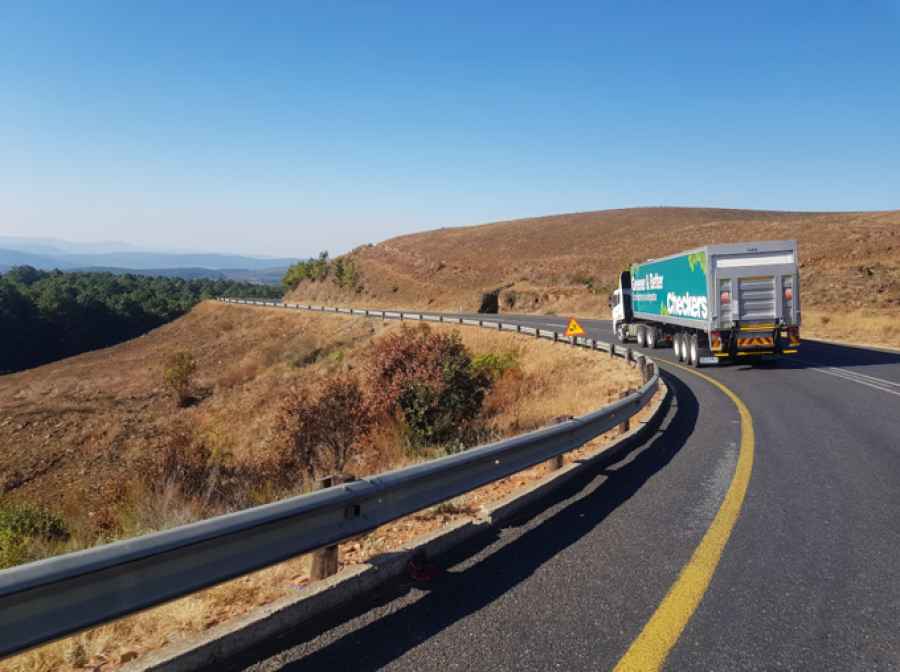How Road Conditions Impact the Dynamics of Truck Accidents
The roads we traverse are the arteries of modern civilization, facilitating the movement of goods and people. However, the state of these roads plays a pivotal role in determining the safety of our journeys, especially when it comes to large commercial vehicles like trucks. The impact of road conditions on truck accidents is a complex and multifaceted issue that demands careful examination. From poorly maintained surfaces to inclement weather, various factors contribute to the dynamics of truck accidents on our roads.

The Role of Road Surface Quality
One of the primary influencers of truck accidents is the quality of the road surface. As seen at https://munley.com/truck-accident-lawyer/, poorly maintained roads, riddled with potholes, uneven surfaces, and insufficient signage, can pose a significant threat to truck drivers. Uneven surfaces can destabilize trucks, leading to loss of control and, in some cases, catastrophic accidents. Moreover, inadequate road signage and markings may contribute to confusion, increasing the likelihood of collisions between trucks and other vehicles.
Weather Conditions and Visibility Challenges
Adverse weather conditions can add another layer of complexity to the already challenging task of truck driving. Rain, snow, ice, and fog can severely impair visibility and road traction. Reduced visibility increases the risk of collisions, as truck drivers may struggle to perceive potential hazards or sudden changes in traffic conditions. Slippery surfaces due to rain or snow can result in skidding, making it difficult for trucks to maintain control, especially on steep descents or sharp turns.
The Impact of Construction Zones
Construction zones, while necessary for maintaining and improving road infrastructure, can become hotspots for truck accidents. Narrowed lanes, sudden lane changes, and uneven road surfaces within construction zones demand heightened attention from truck drivers. The dynamic nature of these areas increases the likelihood of accidents, as trucks maneuver through constrained spaces alongside other vehicles. Construction-related debris and equipment further elevate the risk, emphasizing the need for cautious driving in these zones.

Nighttime Challenges and Inadequate Lighting
Nighttime driving introduces its own new set of challenges for truckers. Inadequate road lighting can compromise visibility, making it a lot harder for truck drivers to identify potential obstacles or changes in the road. The reduced visibility combined with the fatigue that often accompanies nighttime driving can lead to slower reaction times, increasing the risk of accidents. Addressing the issue of inadequate lighting on highways is crucial to enhancing the safety of truck operations during nighttime hours.
The quality of road surfaces, the capricious nature of weather, the challenges posed by construction zones, and the difficulties associated with nighttime driving all contribute to the dynamics of these road accidents. As we strive to enhance road safety, a holistic approach that addresses the state of our roads is essential. Improved road maintenance, enhanced signage, and strategic construction planning are key elements in creating a safer environment for truckers and all road users. Ultimately, recognizing the symbiotic relationship between road conditions and truck accidents is imperative for devising effective measures that promote safer and more efficient transportation systems.